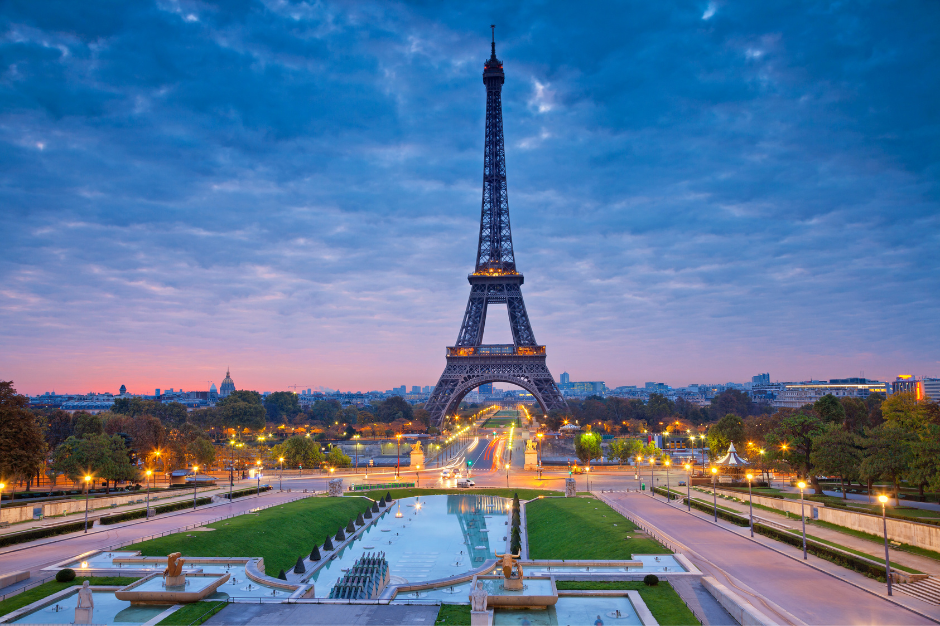
Paris, a city renowned for its art, culture, and history, is uniquely divided into 20 arrondissements, each offering a distinct flavor and experience. These administrative districts spiral from the center of the city in a snail-like pattern, housing landmarks, museums, and an array of cultural experiences. Each arrondissement has its own distinct personality, attractions, and even postal codes. Let’s embark on a journey through these diverse districts to uncover the heart of Paris.
The Arrondissement Spiral
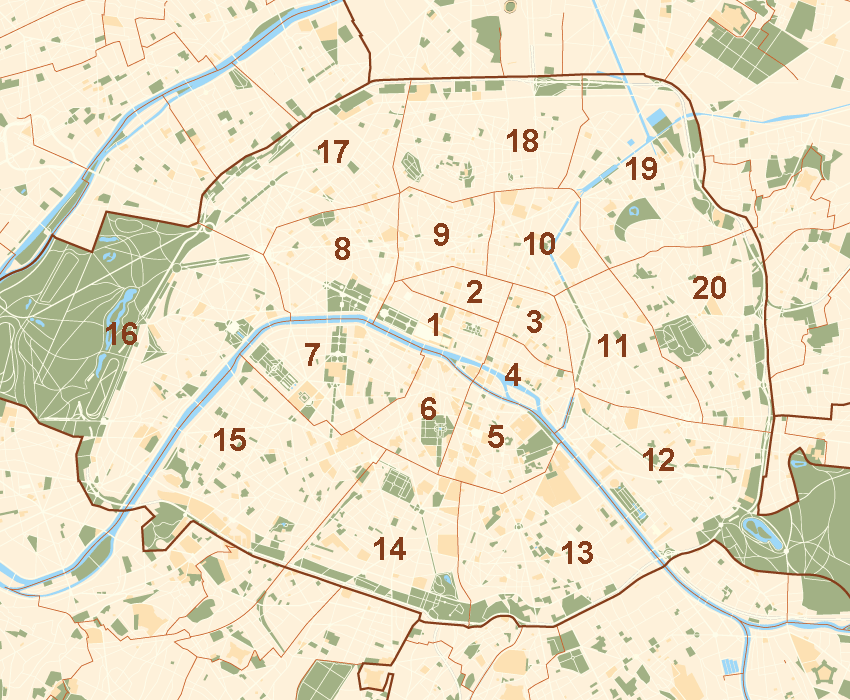
The arrondissements are arranged in a clockwise spiral, known affectionately as an “escargot” for its snail shape, beginning at the city’s center on the right bank of the Seine. Numbered 1 through 20, each arrondissement has its own mayor and council, contributing to the unique identity of each district. Originally 12 in number during 1795, the arrondissements expanded to 20 under Napoleon III and Baron Haussmann in 1860 to include burgeoning neighborhoods.
The Distinctive Districts
1st (75001) – Louvre: Home to the world-renowned Louvre Museum, Palais Royal, and the historical Tuileries Gardens. It’s the geographical and cultural heart of Paris.
2nd (75002) – Bourse: Known for its bustling business district, including the former stock exchange (Bourse) and the quaint covered passages.
3rd (75003) – Temple: Part of the Marais district, it’s famous for its well-preserved medieval streets, trendy boutiques, and the Picasso Museum.
4th (75004) – Hôtel-de-Ville: This area includes the rest of the Marais, Notre-Dame Cathedral, and the vibrant Jewish Quarter.
5th (75005) – Panthéon: The Latin Quarter, known for its student life, the Sorbonne University, and the lively Rue Mouffetard.
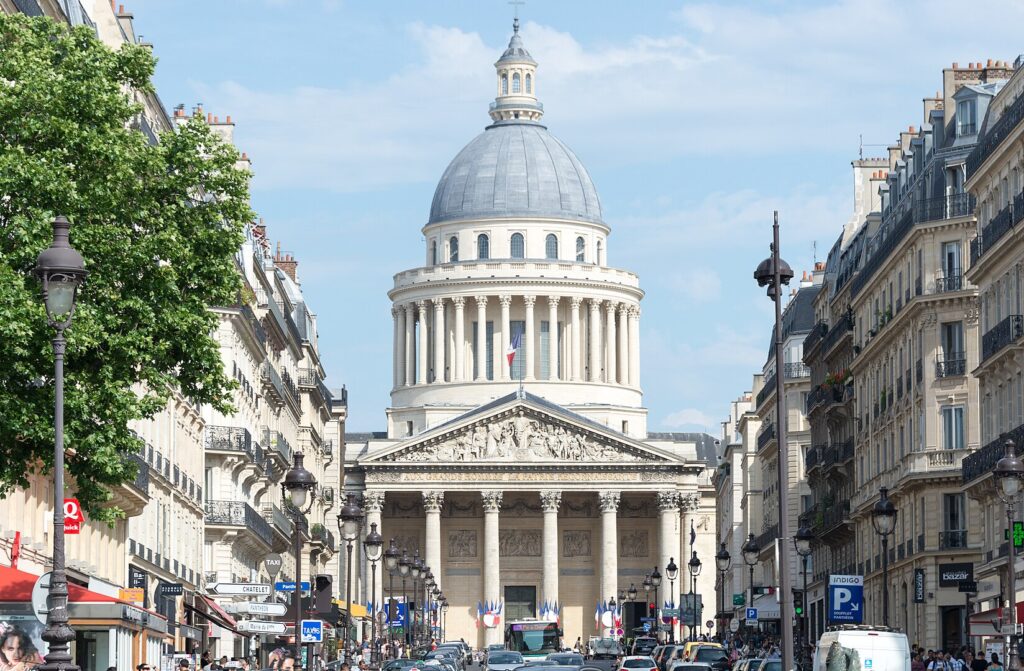
File:Panthéon from the Rue Soufflot, Paris 27 May 2017.jpg. (2023, March 8). Wikimedia Commons. Retrieved 19:06, February 4, 2024 from https://w.wiki/94uj
6th (75006) – Luxembourg: Renowned for its intellectual history, beautiful Luxembourg Gardens, and Saint-Germain-des-Prés neighborhood.
7th (75007) – Palais-Bourbon: Home to the Eiffel Tower, Les Invalides, and several major museums, including Musée d’Orsay.
8th (75008) – Élysée: Features the famous Champs-Élysées, Grand Palais, and the Arc de Triomphe.
9th (75009) – Opéra: Known for its grand opera house, department stores like Galeries Lafayette, and the elegant Grands Boulevards.
10th (75010) – Entrepôt: Bustling with the Canal Saint-Martin, Gare de l’Est, and Gare du Nord, it’s a hub of activity and diversity.
11th (75011) – Popincourt: This trendy and bohemian district is famous for its nightlife around Rue Oberkampf and Bastille.
12th (75012) – Reuilly: Diverse and spacious, featuring the Promenade Plantée and the opulent Opéra Bastille.
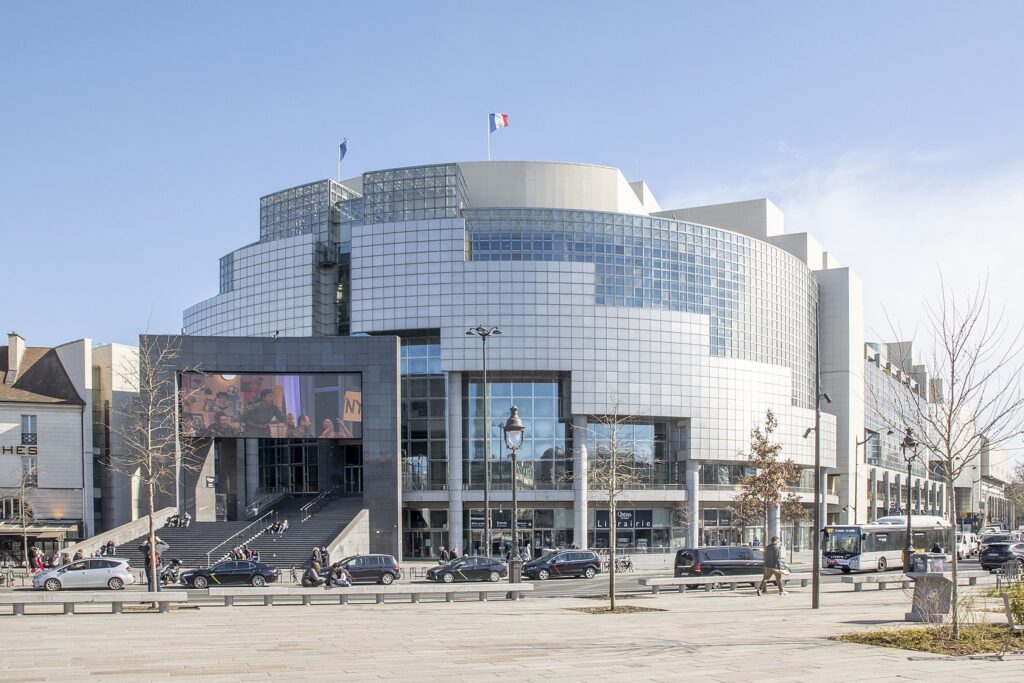
By Arthur Weidmann – Own work, CC BY-SA 4.0, https://commons.wikimedia.org/w/index.php?curid=116340546
13th (75013) – Gobelins: Known for its Chinatown, the modern National Library, and the Butte-aux-Cailles village.
14th (75014) – Observatoire: A residential area famous for Montparnasse Tower, the Catacombs, and the charming Parc Montsouris.
15th (75015) – Vaugirard: Paris’ most populous arrondissement, known for the Paris Expo, the bustling Convention quarter, and diverse shopping.
16th (75016) – Passy: Upscale residential area with prestigious museums, Trocadéro, and stunning views of the Eiffel Tower.
17th (75017) – Batignolles-Monceau: A mix of quiet, chic neighborhoods and the bustling Clichy Batignolles area, marked by its parks and emerging art scene.
18th (75018) – Montmartre: The bohemian and artistic heart of Paris, home to the Sacré-Cœur and bustling Place du Tertre.
19th (75019) – Buttes-Chaumont: Features the picturesque Parc des Buttes-Chaumont, vibrant cultural centers, and the Canal de l’Ourcq.
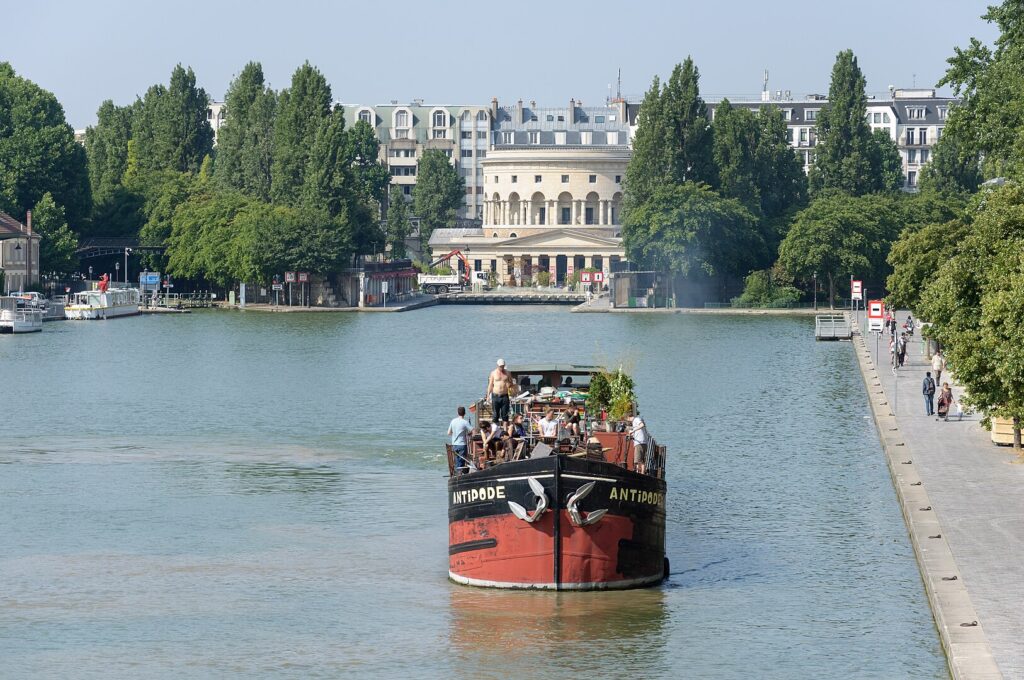
19th arrondissement of Paris. (2024, January 15). In Wikipedia. https://en.wikipedia.org/wiki/19th_arrondissement_of_Paris
20th (75020) – Ménilmontant: Known for the Père Lachaise Cemetery and a diverse, artsy vibe with a strong community feel.
Understanding Paris’ Postcodes
Paris’ postcodes are intricately linked to its arrondissements. Each postcode starts with “75” followed by the arrondissement number. For example, 75001 represents the 1st arrondissement, and 75020 represents the 20th. This system makes navigation and mail delivery in the city streamlined and is a testament to the organized chaos that is Paris.
Conclusion
The arrondissements of Paris are more than just administrative divisions; they are individual chapters in the city’s extensive narrative, each contributing its own stories, characters, and landmarks. As you explore these districts, you’ll uncover the layers of history, culture, and artistry that make Paris an eternal magnet for travelers worldwide. Bon voyage as you embark on this quintessentially Parisian adventure!

